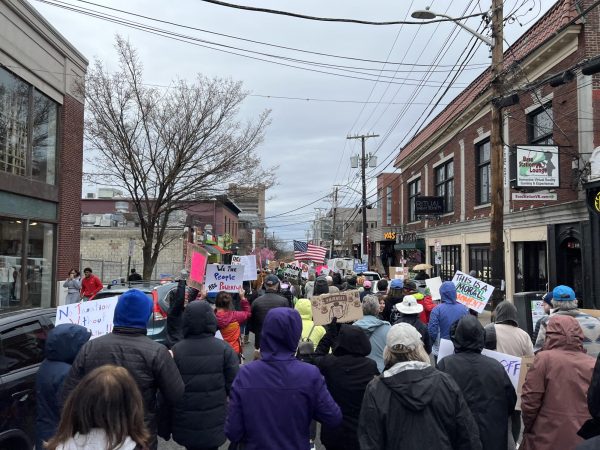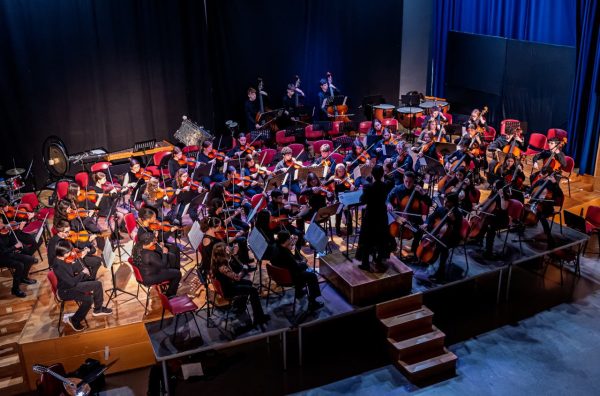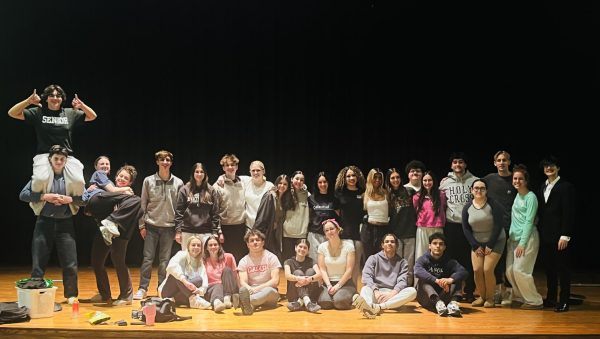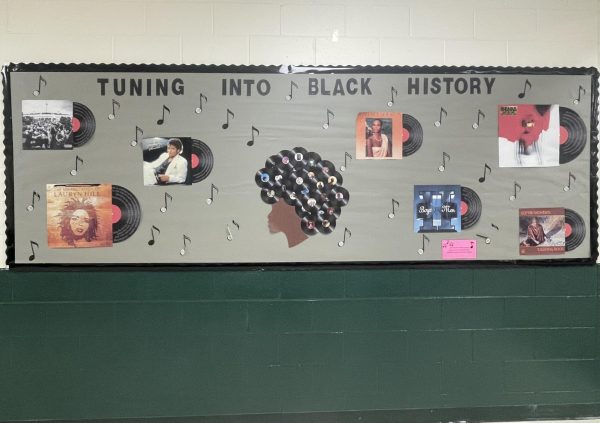Activity fees examined

With sports fees, class dues, and the looming Junior Banquet and Prom expenses, it is a wonder why anyone would want to pay $25 for an activity fee as well.
Every freshman hears it on the kick-off day: join clubs – you can make new friends and have fun doing something you like at the same time. But students are becoming more and more turned off to the idea of joining a club, especially if they have to pay for it.
Junior Abbey Branco said, “The activity fees, along with AP fees and class dues is way too much and they probably won’t see my paid activity fee until the last possible minute.” She said that the administration has squeezed out enough money from her this semester.
Engineering Club adviser Robert Southerland said, “The time students have been meeting for clubs has been less and less.”
With that said, the overarching question from students and faculty has been this: what does the money that the students pay for activity fees go towards?
Interim Associate Principal Joanne Desmarais said, “The club fee of $25.00 is levied by the Town of Dartmouth. This fee was instituted several years ago, I think in 2007 or 2008.”
Media Club Adviser Joshua Moulding said, “Club dues are necessary in order to fund not only the club, but also the time the adviser spends on the club prepping, etc.”
Not one adviser or student whom I asked knew where the money they were paying was going.
“I really don’t know where it goes towards,” said Chess and Math Team Adviser Donald York.
Senior Angela Magellan also mentioned that she didn’t want to pay for something if she didn’t know what it was going towards.
School Business Administrator James Kiely said, “The student activity fee funds the stipends for several staff members to act as adviser to student activity groups.” Mr. Kiely said that the amount collected varies based on the number of students participating in student activities.
“Fees were approximately $3,000 last year,” said Mr. Kiely. “The remaining staff stipends are paid through funding in the Dartmouth Public Schools operating budget.” However, it seems that any reduction in the fee would require an alternative source of funds to maintain the activities.
Many have questioned why there is a fee to be a part of a club, when that particular club also has fees. Ms. Desmarais said, “The other fees that DECA and debate [for example] pay are connected to the organizations that are related to the activity. There are outside entities, such as national chapters of DECA, that charge students fees for participation, and we collect those fees at the school level and they are then paid out to the outside organization.”
Interestingly enough, Ms. Desmarais stated that clubs are not shut down if students don’t pay, however advisers are supposed to try to get all participating students to pay the fee.
“In previous years we have sent out email requests to parents of students who were in a club but hadn’t paid the fee,” said Ms. Desmarais. “We have also had table set up in the cafeteria during lunch to collect dues, as well as having advisers collect the dues and forward them to the bookkeeper.”
According to Interim Dean of Students-Student Life Janice Sharp, students on free or reduced price lunch are given a waiver. “While it is highly unlikely that a student would be thrown out of the club for non-payment, a club may be dismantled if student interest waned and there were not enough participants to warrant keeping it open,” said Mrs. Sharp.
According to Mr. Southerland, out of the approximately 10 people in the Engineering Club, only about half have paid the fees. “They [students] pay Mrs. Nunes – I don’t hound them down,” he said.
Mr. Moulding mentioned that about 90% of the students in Media Club have paid.
“There are officially eight members. However four are officers,” said Mr. Moulding.
Mr. Moulding also said that Mrs. Sharp has sent an email out stating that only class officers are exempt from the payment.
“Class officers do not have to pay because they have been elected to represent their class by the student body,” said Mrs. Sharp. “Class officers, if the job is done correctly, have a big responsibility to their respective classes.”
According to Mrs. Sharp, the need for a student activity fee was determined by the Superintendent’s Office. “To date, thirty-three students have paid the fee, not counting fees for Music and/or Athletics. Those are collected separately,” said Mrs. Sharp.
The advisers and students aren’t the only ones unclear as to where the money is going.
“As for how the fees are used, the money is sent to the Superintendent and at least part of it is used to pay the stipends of the advisers of the activities. It is unclear what else they may allocate the money to,” said Mrs. Sharp.
AnnMarie Shurtleff, a parent of a sophomore at DHS, said that she had no idea that there was an activity fee that had to be paid to participate in clubs.
A plus side to paying the fee is that it is a one time fee for the year. You can participate in as many clubs as you’d like. However, if you only participate in one club, the expense may seem a little outrageous.
Mr. York said, “What I’m concerned about is the families with more than one child in the school.” He proposed a discount system be instituted for families with a certain amount of children, like the way DHS caps the amount paid for sports.
Mr. Moulding proposed that if there was a one time school-wide fundraiser to help pay for all of the club fees, then maybe there wouldn’t need to be a fee.
“I think if there was another way to fund the clubs, then it wouldn’t be necessary,” said Mr. Moulding. “However, the money needs to come from somewhere.”
Junior Rumi Lazarova believes that the club fee should be applicable solely to the clubs that utilize the money for bus rides, materials, and competitions. “The Medical Careers Club merely organizes one-two blood drives a year and does not necessarily need its members to pay $25.” She said that she was told to pay the $25, but didn’t know what for.
Ms. Desmarais said, “I think it is so important for a high school to offer engaging activities that spark student interest. Some students don’t play sports or an instrument. Having clubs helps connect those kids to the school.”






